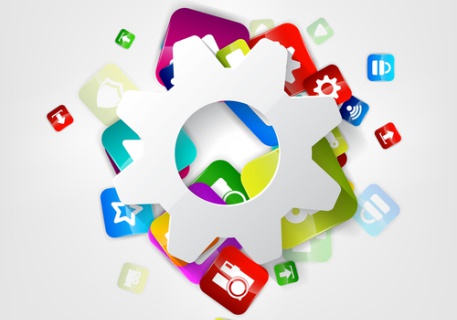Are SMBs Really Using New Payments Technologies?

There are lots of options for SMBs to embrace new technologies to manage their accounts receivables, payments and invoicing. But as far as technology has come, most smaller businesses still use paper and manual processes to collect outstanding receivables. But why?
Most small and midsize businesses (SMBs) are doing well in integrating new systems into their accounts receivables processes, but a recent report suggests there’s still a lot of room for progress.
It a survey for its report, e2b teknologies found that 47.9 percent of participating companies were using their enterprise resource planning (ERP) business systems to manage credit and collections. However, 16.5 percent reported they still use manual, paper-based strategies or spreadsheets and reports to manage collections.
“Our study revealed an alarmingly high percentage of SMB companies in the B2B sector are not using the right tools or the right tactics for optimized receivables,” James Mallory, e2b teknologies solution sales engineer, said in a statement. “Considering that accounts receivable is usually among a company’s most important assets and most available source of working capital, these findings do not bode well for midmarket B2B’s trying to grow their business and profits. This survey made it quite clear that most companies in this sector truly are working harder, not smarter when it comes to accounts receivable – and they’re paying for it.”
For its research, e2b surveyed an undisclosed number of midmarket B2B organizations with $10 million to $250 million in annual revenue, with most using mid-market ERP solutions. There were also some respondents that that are smaller companies using entry-level accounting applications such as Intuit QuickBooks and Sage 50 solutions.
e2b teknologies publishes account receivable-management software and has worked with companies of various shapes and sizes that struggle with timely invoice collection, Mallory said. “What we continue to see is companies struggling because they rely on tools and tactics that do more harm than good,” he noted. “So, we began to wonder, ‘how prevalent is this problem among midmarket companies, and how is it impacting their ability to grow?’ To this end, we developed our survey.”
The “alarmingly high” statistic that Mallory was likely referring to is this: 95.9 percent of companies surveyed were not using an accounts receivable management system that is designed to support the entire invoice-to-cash process.
Moreover, only about 4.1 percent of the SMBs surveyed had adopted specialize accounts receivable management software. (The report did note, however, that other studies on the subject, such as a recent study done by The Credit Research Foundation (CRF), found that adoption of these solutions was closer to 26% industrywide. However, e2b said it believed that report may be skewed. The members of CRF, likely the ones who took the survey, are generally large enterprise businesses with a more formalized credit and collections department where our study is focused on the midmarket, the company said.)
Dissecting the results
The e2b report delved a little deeper into what companies reported, and explained why certain account receivable management options might not be the best choice for a company. For example, the tools and capabilities in ERP modules are usually minimal, lack automation, and are ineffective in supporting the quote to cash process, the e2b researchers found.
Using spreadsheets is also not without risk. Specifically, they requireconstant updates. Moreover, there could be too many versions of the spreadsheet saved on desktops and a high risk for data-entry errors, plus the documents tend to be static nature.
So what can SMBs do?
They should consider accounts receivable management software that can provide a suite of integrated business applications that can facilitate credit management, dispute management, collections, and related business processes, the researchers suggested.
This might not address the needs for every business, so SMBs should consider taking their own survey to check on how their current accounts receivable approach is handling every invoice and payment option. “It’s time for businesses to not only work harder, but to also work smarter,” e2b teknologies noted in the survey report.
